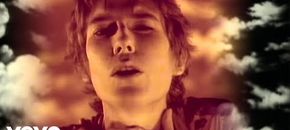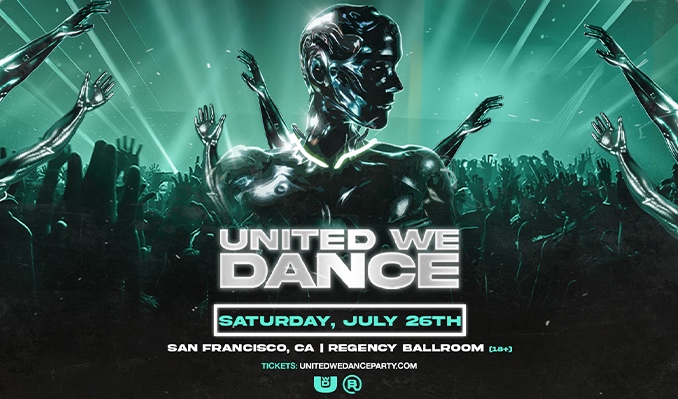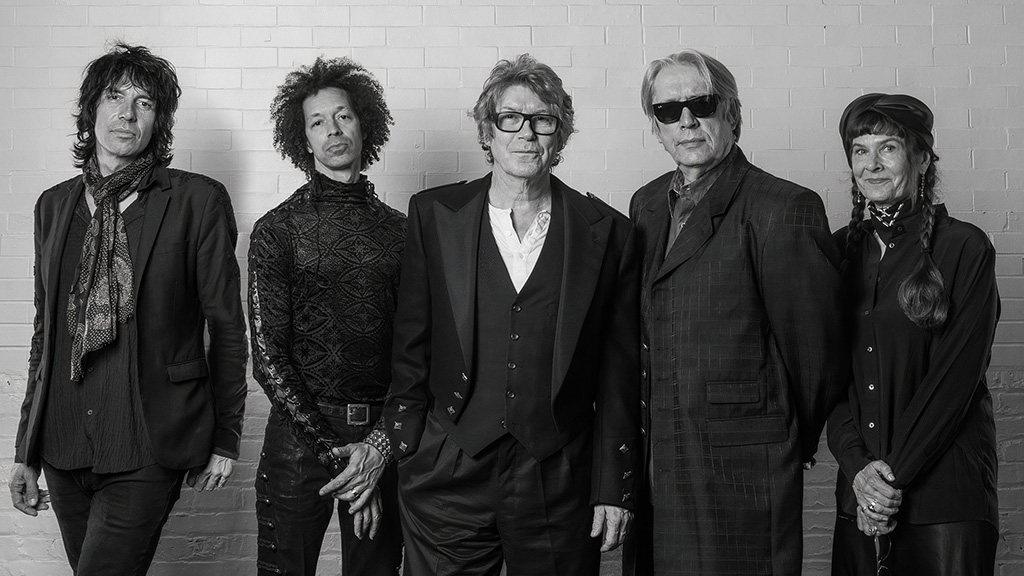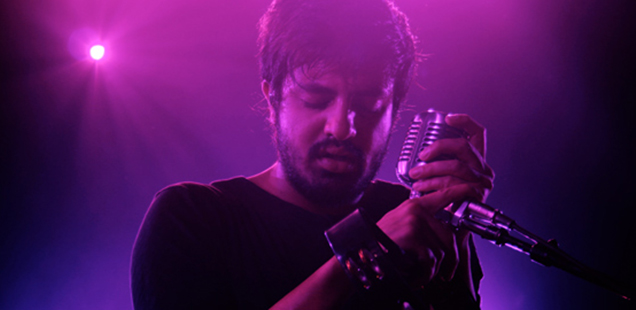Movie Review: John Carter
Sci-fi fantasy spectacle on $250 million budget (and it shows).
When Edgar Rice Burroughs wrote “A Princess of Mars” in 1911 (published a year later), the first book in what would become an eleven novel series, little did he know that a century would pass before it would appear in what was then a new medium, motion pictures (a.k.a. film). Robert Rodriguez, Jon Favreau, and Kerry Conran (Sky Captain and the World of Tomorrow) were, at one point or another, attached to direct “A Princess of Mars” (or a combination thereof of Burroughs’ science-fantasy novels), before Andrew Stanton, the Oscar-winning director of Pixar’s Finding Nemo and Wall-E convinced Disney to let him co-write and direct his first live-action film. Disney also gave Stanton $250 million to bring Burroughs’ world to 21st-century moviegoers.
Unfortunately, Disney’s decision to sign off on John Carter may be one they’ll come to regret. Despite bringing in Pulitzer Prize-winning novelist Michael Chabon (“The Amazing Adventures of Kavalier & Clay) to co-write the screenplay, Stanton often seems lost and unfocused, unsure what to include from Burroughs’ work, what to leave out, or how to proceed from scene to scene.
The signs of John Carter’s narrative issues can be found in the first scene, set on Mars (Barsoom) rather than on Earth. We first meet the villain, Sab Than (Dominic West), the leader of Zabonga, one of Barsoom’s most powerful city-states, as he turns the tide in an air battle against his rivals from the city-state of Helium thanks to the intervention of Matai Shang (Mark Strong), a Holy Thern, an advance, non-indigenous shapeshifting species. They give Sab Than a super-powerful gauntlet, all he needs to bring Helium to the brink of surrender.
John Carter then shifts to Earth for a wraparound, framing device. The device introduces Carter’s (Taylor Kitsch) nephew, a pre-famous Edgar Rice Burroughs (Daryl Sabara). Carter selected Burroughs to safeguard his estate during a prolonged absence. A private journal, written by Carter, takes us back in time, three years after the end of the Civil War. Carter, a deeply disillusioned Confederate veteran discovers a cave and in that cave, gold. He also encounters a newly arrived Thern. After a brief struggle, Carter finds himself on Barsoom. He quickly discovers that Barsoom’s lower gravity gives him the ability to jump long distances. It also gives him nearly superhuman strength. Neither helps Carter when he encounters Barsoom’s six-limbed Tharks, a.k.a. Green Martians, becoming the prisoner of the Tharks’ Jeddak (leader), Tars Tarkas (voiced by Willem Dafoe).
It takes the sudden outbreak of an air battle over Thark homes for Carter to prove his heroic bona fides. He intervenes, saving Dejah Thoris (Lynn Collins), a Helium warrior-princess, escaping from an arranged marriage to Sab Than. Despite his reluctance to join Helium’s cause, a reluctance typically found in the Hero’s Journey (a.k.a., Mono-Myth) Joseph Campbell sketched out in “The Hero With a Thousand Faces”, Carter finds himself fighting for Helium, Dejah Thoris, and a way back home (not necessarily in that order. Carter also acquires a Thark companion, Sola (Samantha Morton), and Woola, a dog-like creature that proves more than useful in a fight. Carter’s war experience, specifically his ability with a sword, comes in handy multiple times.
Stanton’s animation experience at Pixar serves him well, extremely well, when it comes to the meticulous world building Barsoom, with its mix of high- and low-tech and feudalistic social structures, demands. Everything, from the solar-powered flyers to the carrier-like airships to Zodanga, a city built to literally move (for resource exploitation), to the Tharks and their living arrangements, and on to Barsoom’s creatures, including gigantic white apes and the rhino-like Banths that serve as transportation, not to mention obvious inspiration for Frank Herbert’s ‘Dune’ series (the desert planet, resource use and conservation, warring kingdoms, a messiah-like figure) to George Lucas and the Star Wars universe, are given a level of detail and, where required, expansiveness, rivaling that found in James Cameron’s Avatar.
Despite Stanton’s best efforts to distinguish John Carter from its literary successors and its cinematic predecessors, John Carter still feels like a story we’ve seen and heard many times before (because, sadly we have). That much, at least, isn’t Stanton’s fault. Burroughs created a template that many others have followed which, in turn, makes John Carter feel stale and clichéd, not because it is, but because its genre influence has been that deep and that widespread. Add to that occasionally clunky exposition, awkward, faux-archaic dialogue, and an underwritten character arc for the titular hero and it’s not surprising that the result never rises above genre mediocrity.
Showtimes and Tickets









Ok, but what about the acting? The dialogue?
The cinematography? The score? Was there ever any intrigue or suspense? What about the fight/flight choreography?
This review reads like all you did was read a book and look at some pictures.